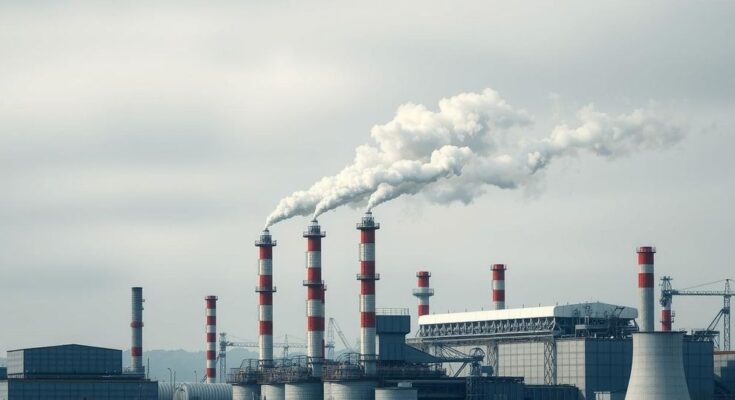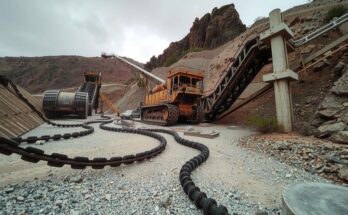Brazil’s industrial production remained unchanged in January, failing to meet market expectations of a 0.5% increase. Production saw growth in capital goods but struggled overall due to declining intermediate goods output. Year-over-year growth was also below forecasts. The high benchmark interest rate may prompt further challenges for the sector in the first quarter of 2024.
In January, Brazil’s industrial production remained steady compared to December, as reported by the government statistics agency IBGE. This stagnation fell short of market forecasts, pointing to continued concerns regarding a slowdown in the local economy. This data comes after three consecutive months of declines in industrial output, primarily attributed to high interest rates affecting the sector, despite expectations for a robust overall performance in 2024.
Economists surveyed by Reuters had anticipated a 0.5% increase in month-on-month production for January. The report revealed production growth in three out of four major categories, particularly in capital goods, following two months of declines. However, a decrease in intermediate goods output negatively impacted the overall index.
Year-over-year, industrial production increased by 1.4%, yet this figure was below market expectations of a 2.3% rise, as indicated by the Reuters poll. “This was a poor start to the year,” stated Andres Abadia of Pantheon Macroeconomics, who added that the slowdown may persist in the first quarter due to high interest rates, reduced demand, and weak global growth.
Currently, Brazil’s benchmark interest rate stands at 13.25%. The central bank is considering an additional hike of 100 basis points in the upcoming meeting to address rising inflation. Policymakers remain cautious, observing signs of moderation, but emphasize that it is premature to determine a definitive slowdown trend.
The data from January indicates that Brazil’s industrial sector is facing significant challenges, with production stagnating and falling short of expectations. High interest rates and weakening demand are likely to prolong the slowdown in the coming months. Policymakers are closely monitoring these trends as they consider adjustments to interest rates to combat inflation.
Original Source: money.usnews.com




